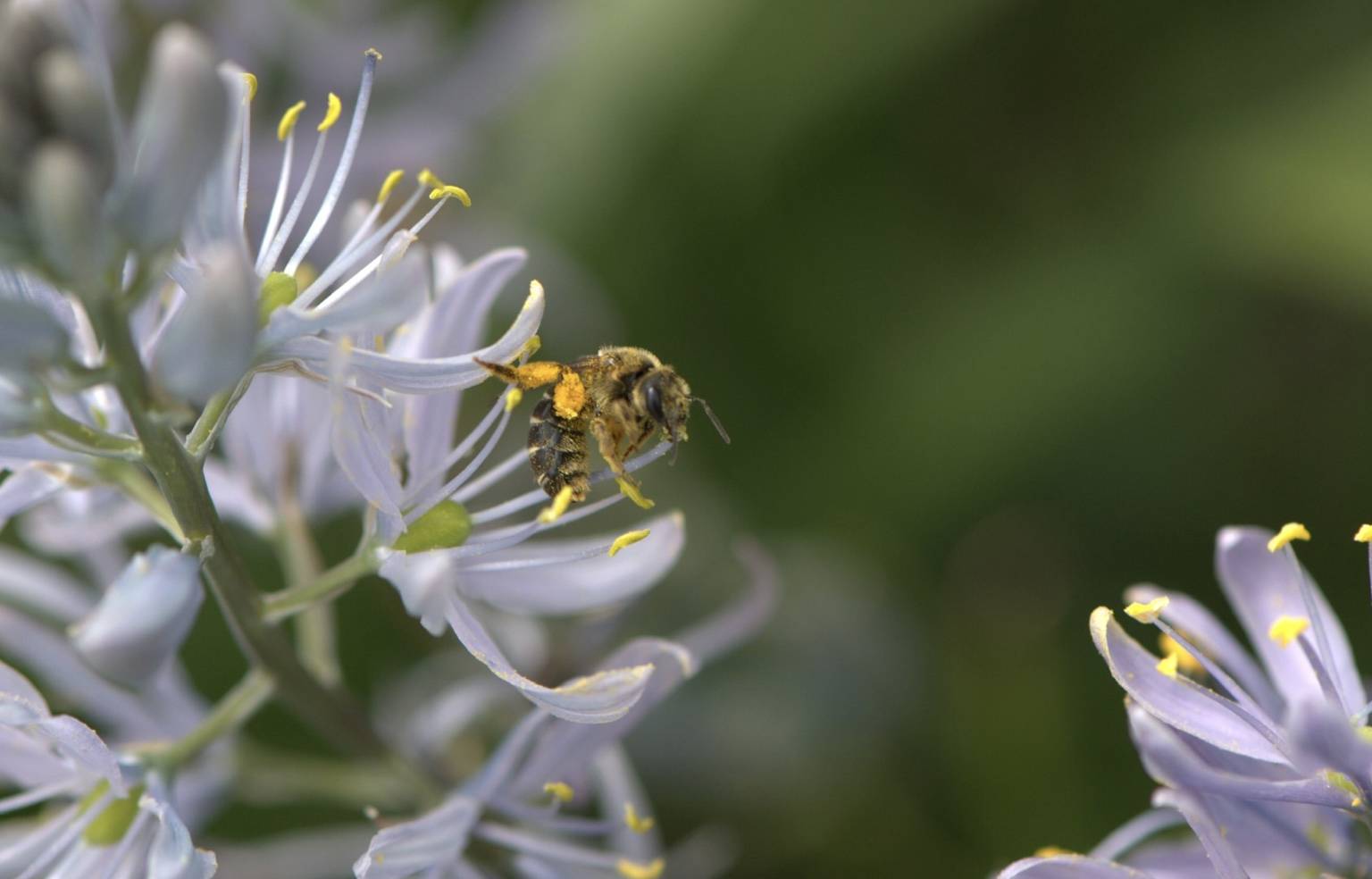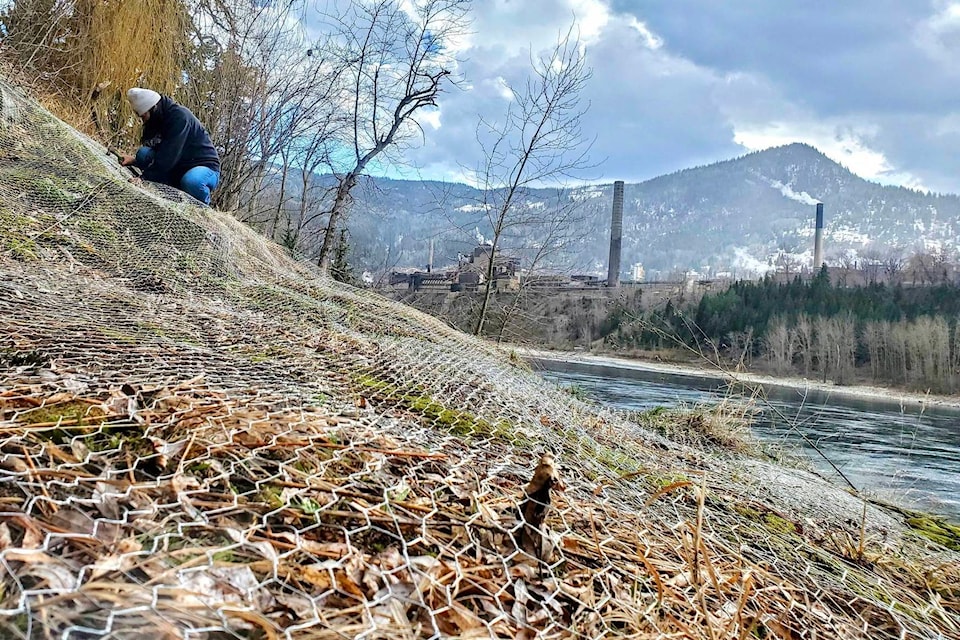Did you know it’s Pollinator Week?
June 21 to June 27 is dubbed Pollinator Week, giving time to recognize all those critical little pollinators - like bees, butterflies and hummingbirds - that pollinate plants and are responsible for bringing the world one out of every three bites of food.
They also sustain ecosystems and produce natural resources by helping plants reproduce.
The great thing about Pollinator Week is that it can be acknowledged in many different ways, such as a planting for pollinators event like the Rotarians did earlier this month at Fort Shepherd. Or, communities can meet online for socially distant garden tours and bee and butterfly ID workshops.
Just in time for Pollinator Week, the Kootenay Native Plant Society announced a multi-year project which will document native bee abundance, diversity, and their use of local wet camas meadows, using funding from the Fish and Wildlife Compensation Program (FWCP).

Common camas is a native perennial herb in the lily family. The beautiful blue flowers grow in moist meadows in southern B.C. Camas is a rare find in the Columbia Basin, restricted to low-elevation sites in the West Kootenay.
In the Trail area, Indigenous community leader Kim Robertson teamed up with Trail Communities in Bloom this spring to plant a bed of camas on the banks of the Columbia River near Gyro Park.
Camas was a dietary staple for Indigenous peoples wherever it grew, and is a cultural keystone species. In the Columbia region, however, it presently only covers less than one per cent of its historical range.
The decline is potentially having a significant impact on pollinators, including native bees.
“Camas meadows have been shown to attract pollinators, and during last year’s survey, 84 bee species were detected in the local meadows, including two at-risk species of bumble bees” says Crystal Klym, FWCP’s Columbia Region manager. “Improving the data and understanding of these meadows is an important step toward supporting vital pollinator networks and, in the future, identifying potential opportunities for eco-cultural restoration.”
The society’s camas project is one of 43 fish and wildlife projects approved for 2021–2022 by the FWCP’s Columbia Region board. Other projects approved from this year’s $5.7M allotment will benefit fish and wildlife in many ways, including improving fish passage, restoring ecosystems for fish and wildlife, supporting endangered and at-risk species, conserving critical habitats, filling important data gaps, and addressing priority species such as bull trout, kokanee, caribou, and bighorn sheep.
This year, the FWCP also approved around $9.4M for 100 projects across its Coastal and Peace regions.
To learn more about FWCP projects, results, and how to apply for a grant, visit fwcp.ca.
The FWCP is a partnership between BC Hydro, the Province of B.C., Fisheries and Oceans Canada, First Nations, and public stakeholders to conserve and enhance fish and wildlife in watersheds impacted by BC Hydro dams.
Read more: Project seeks to bring back camas, native Kootenay plant
Read more: Trail’s blooming volunteers back for a 19th season
newsroom@trailtimes.ca
Like us on Facebook and follow us on Twitter
